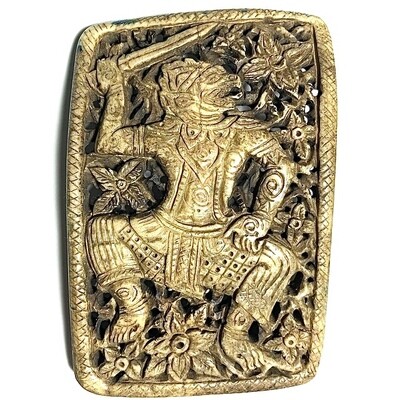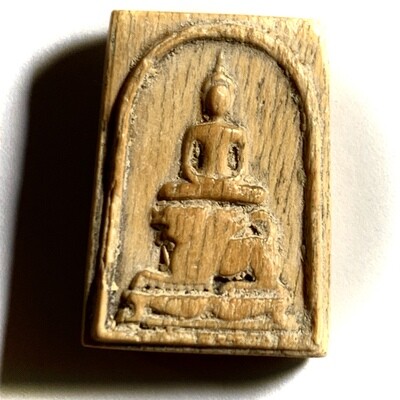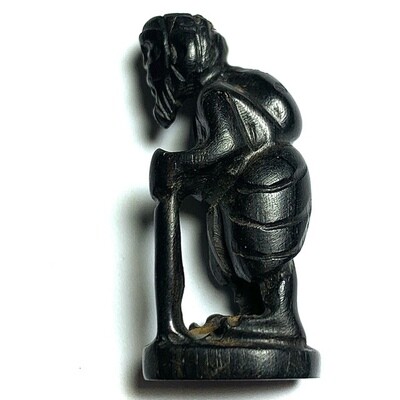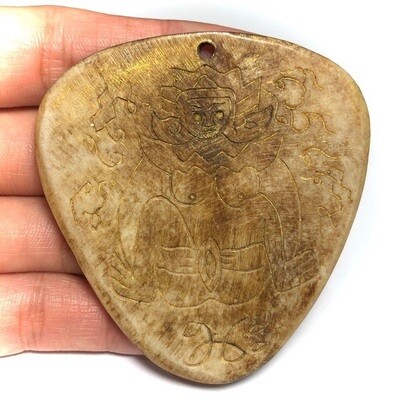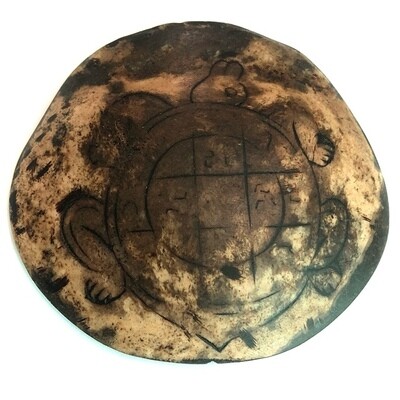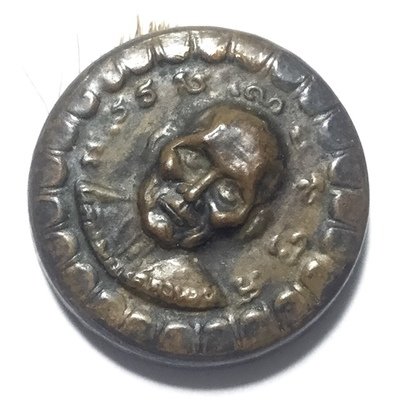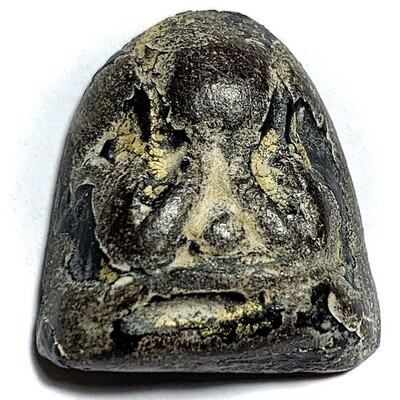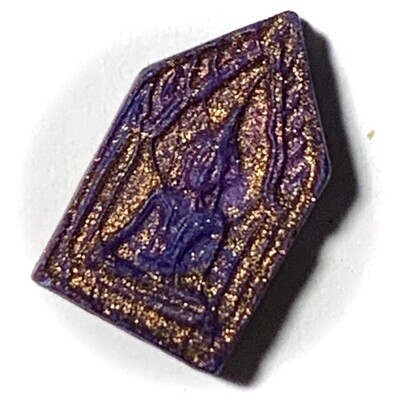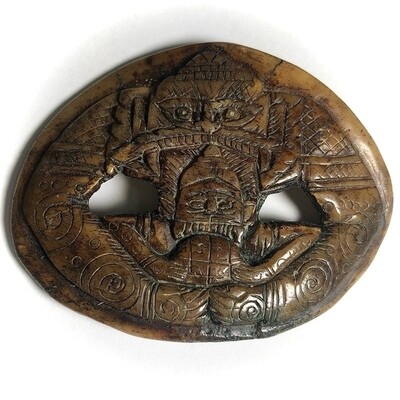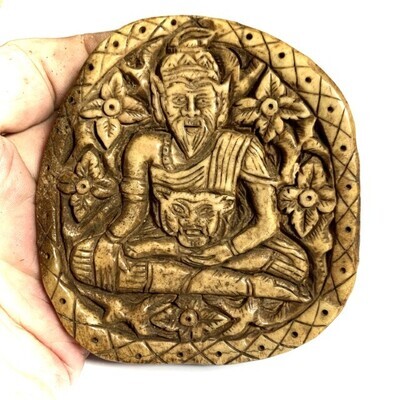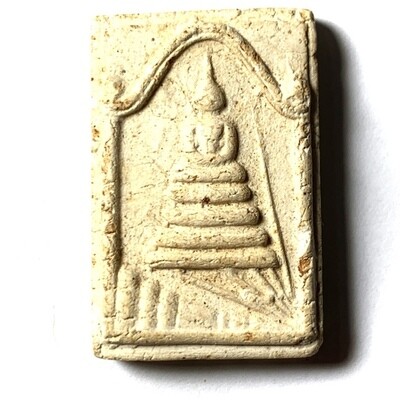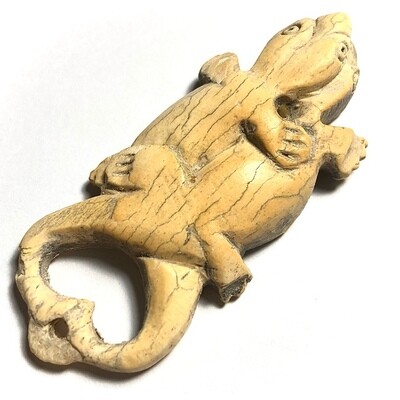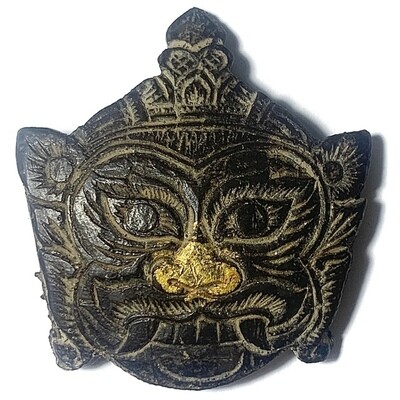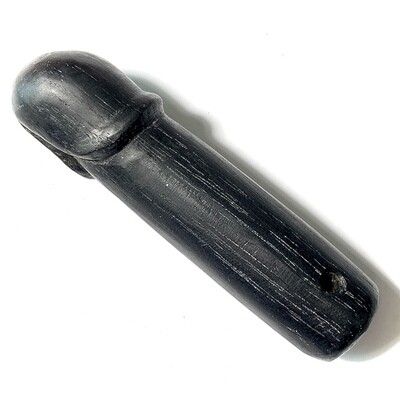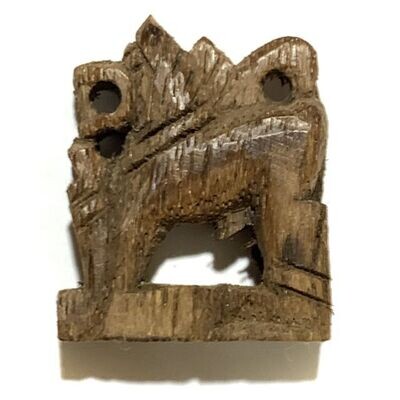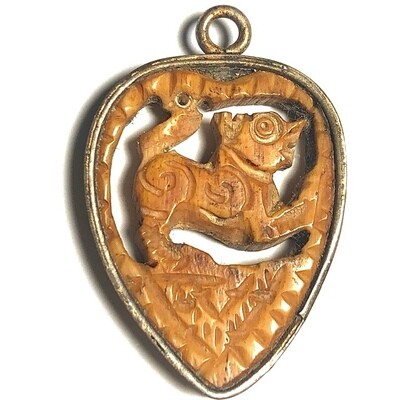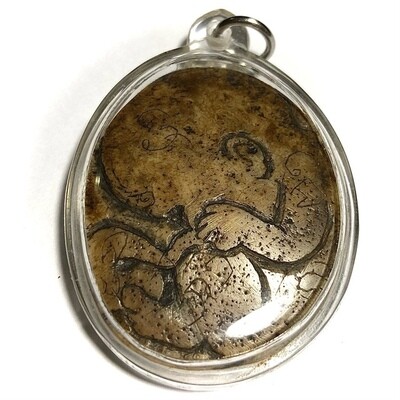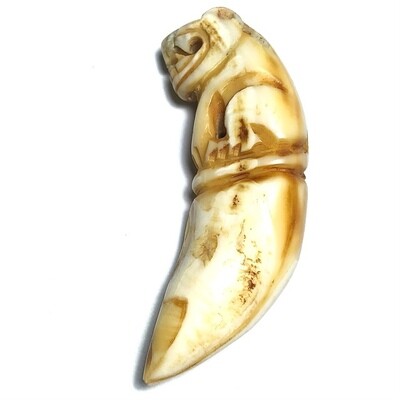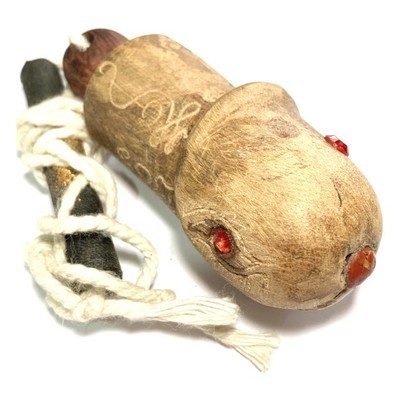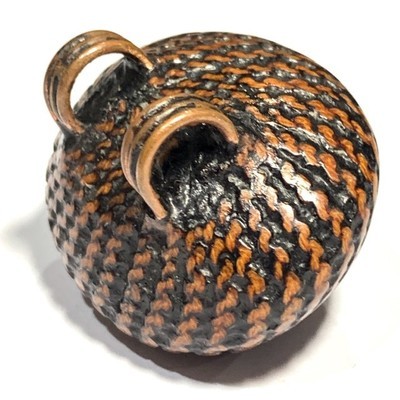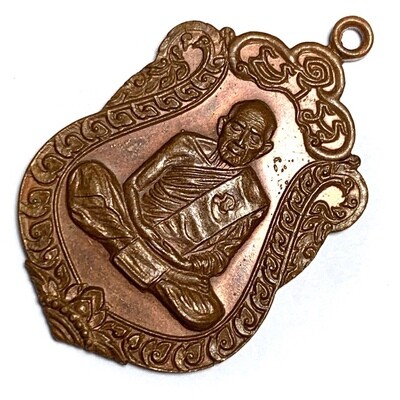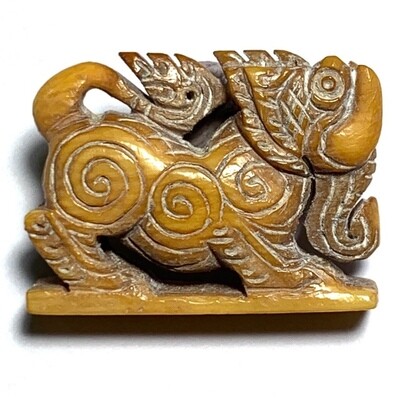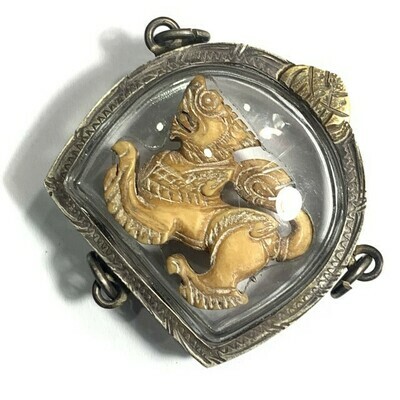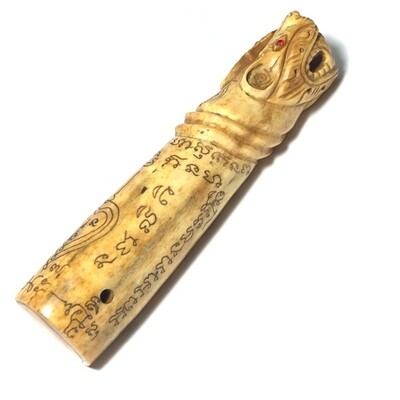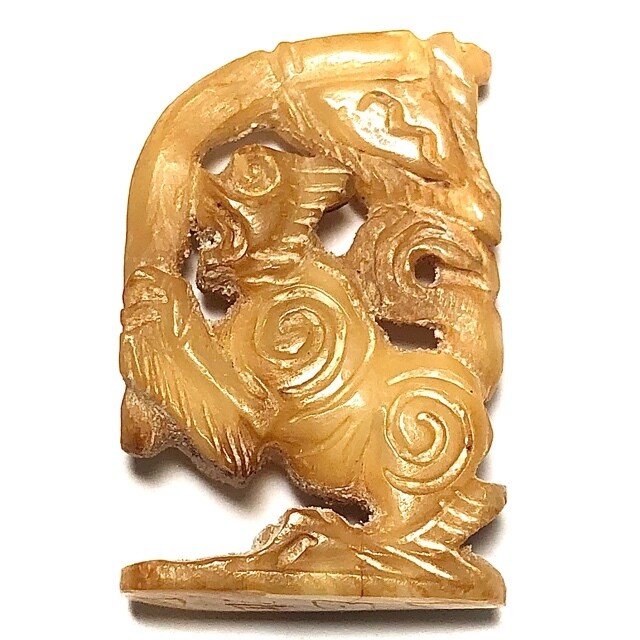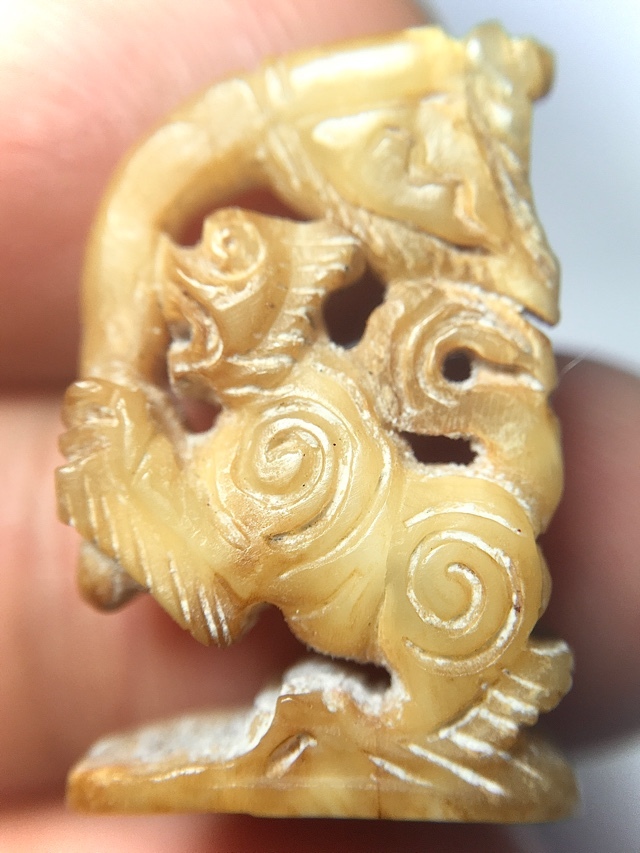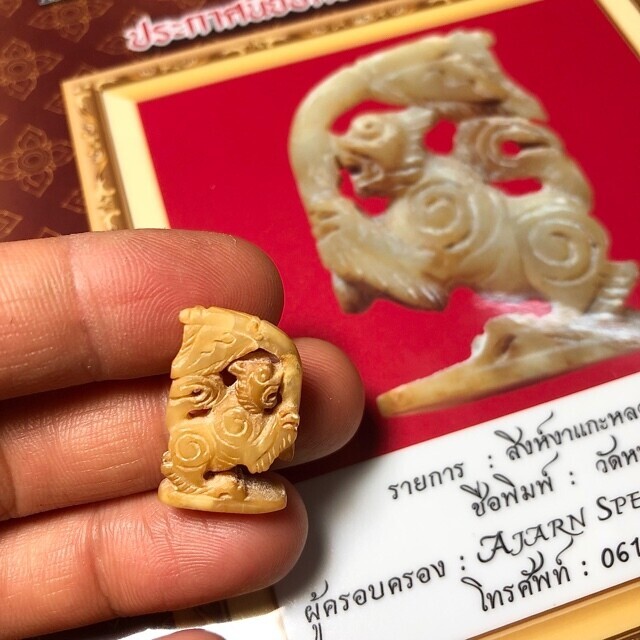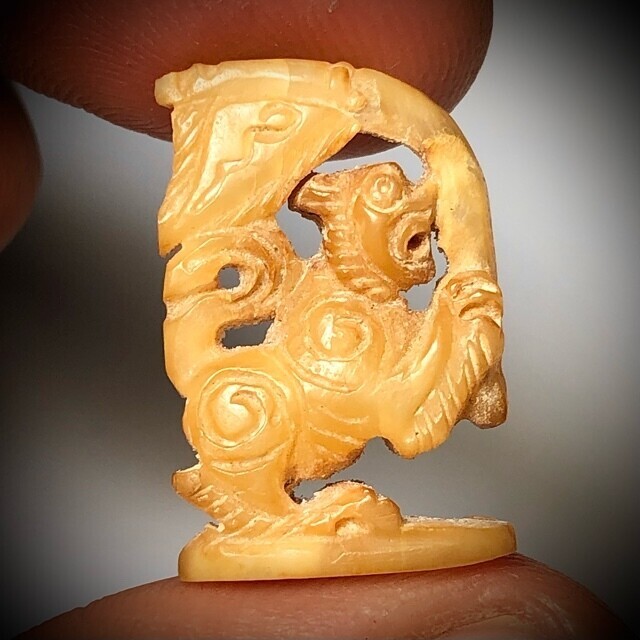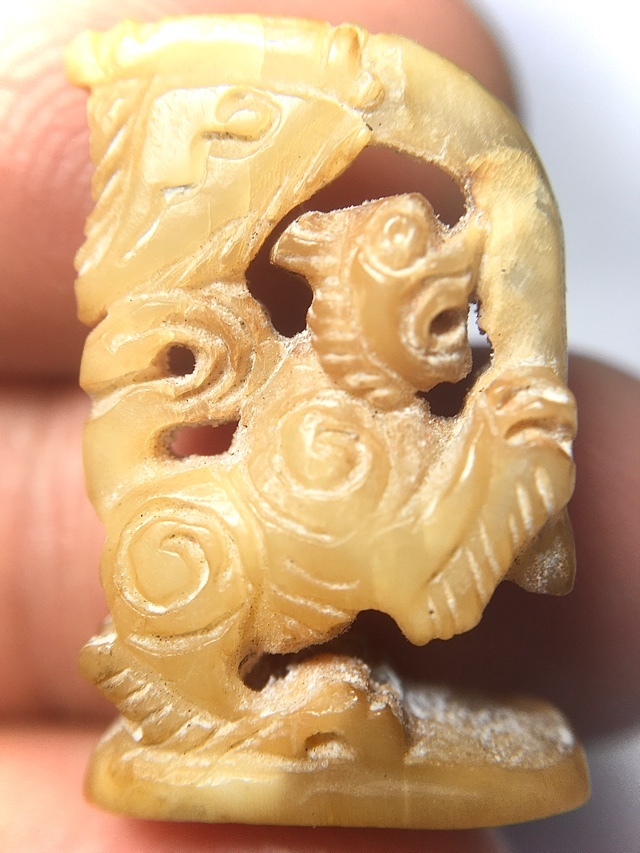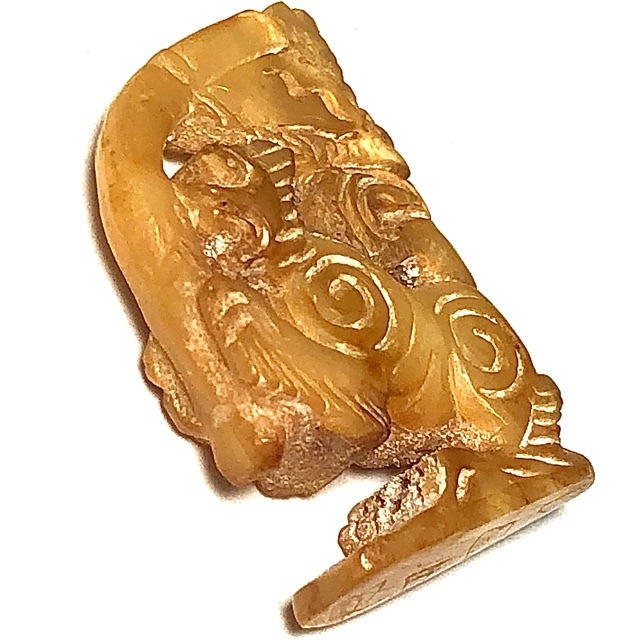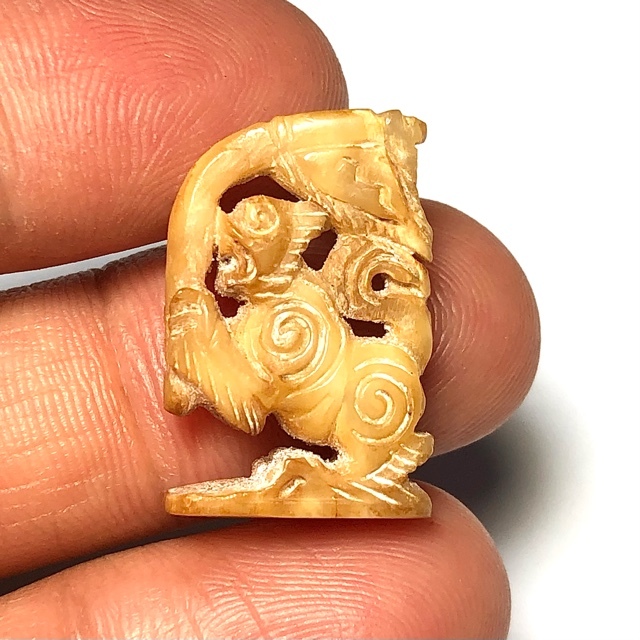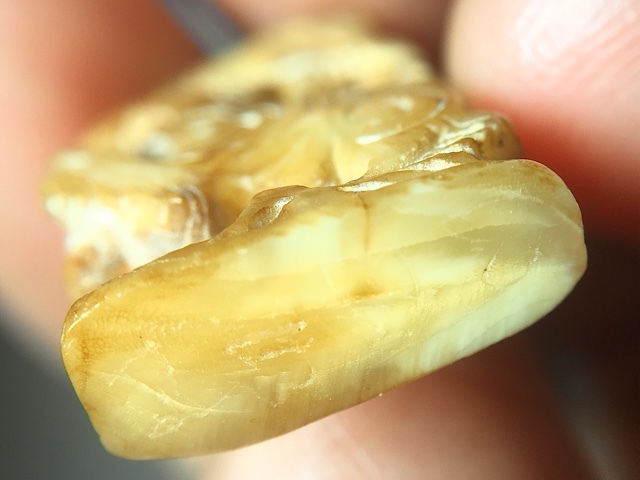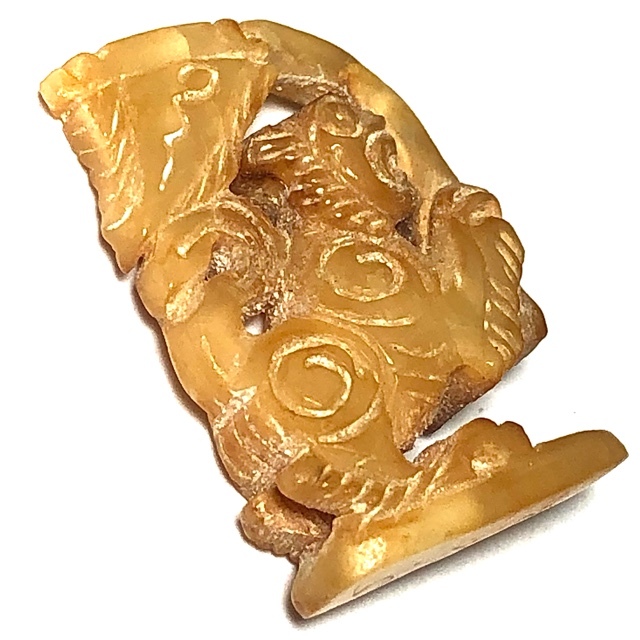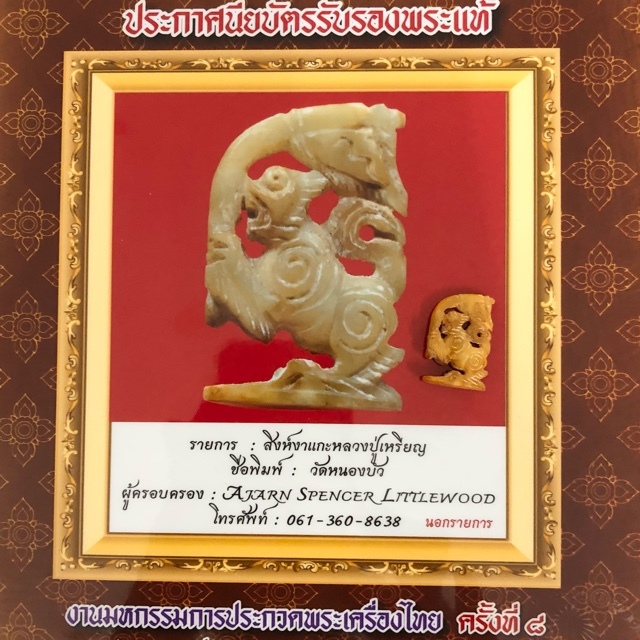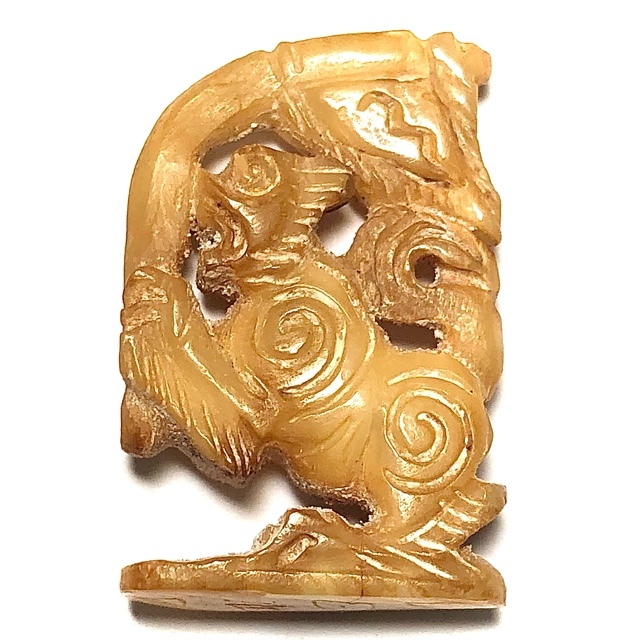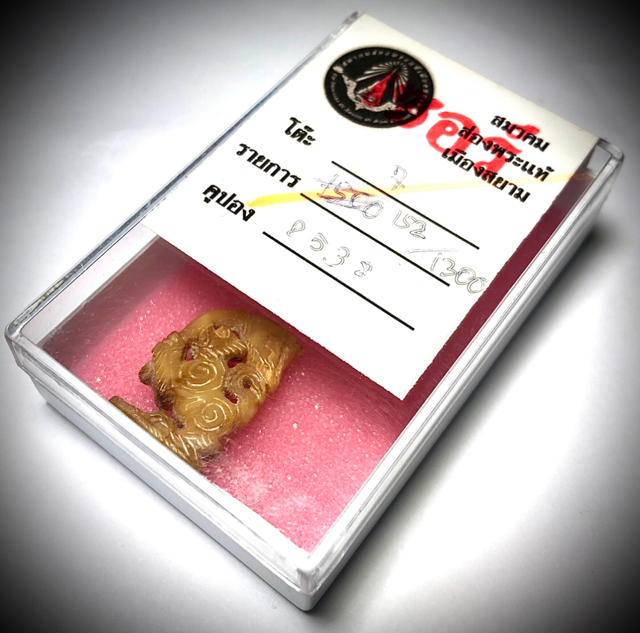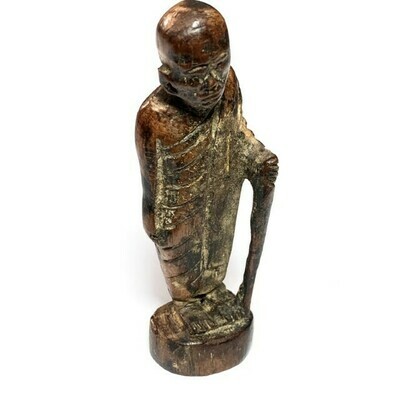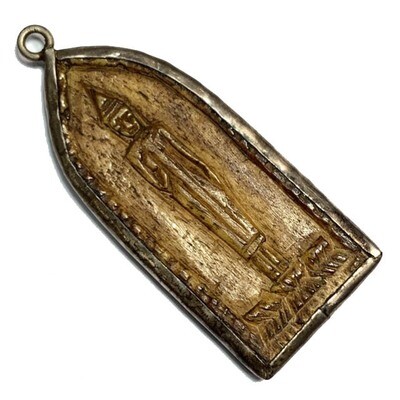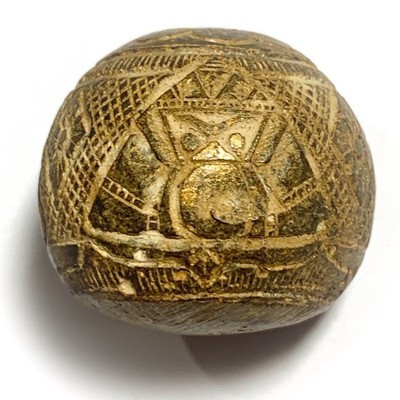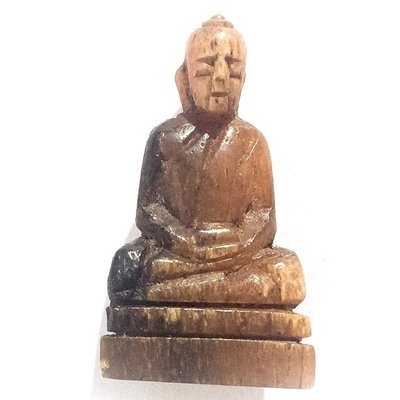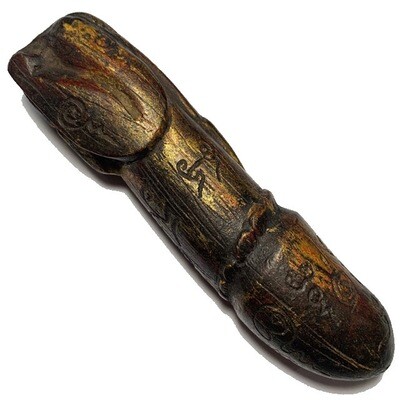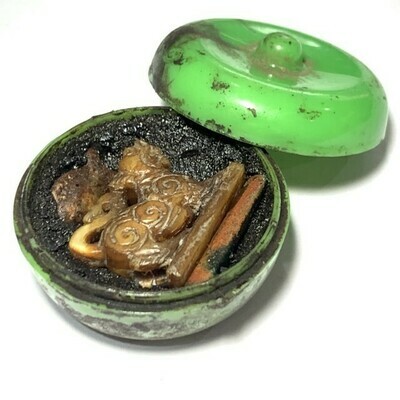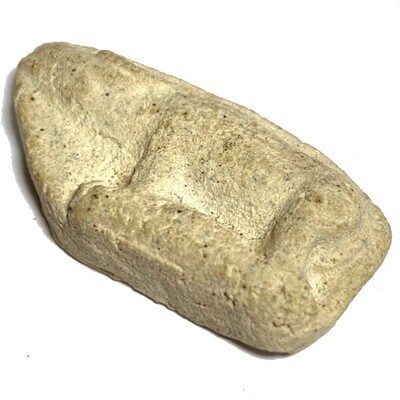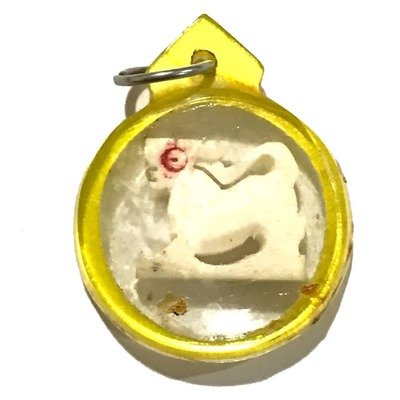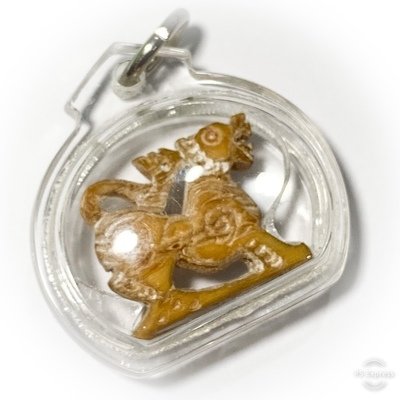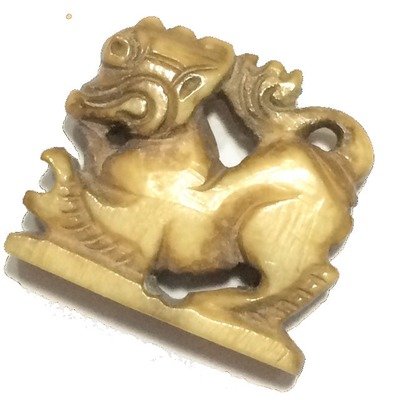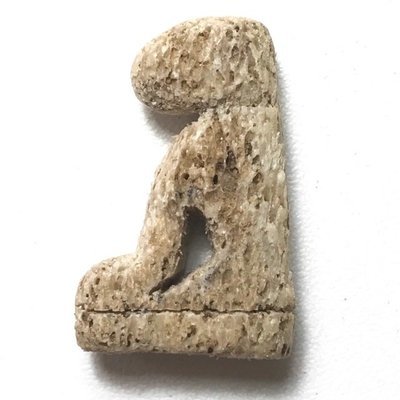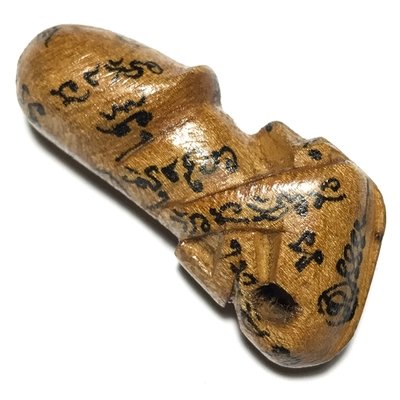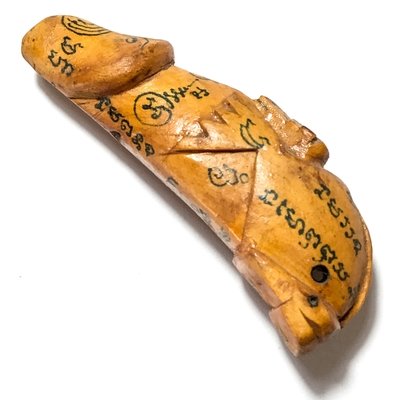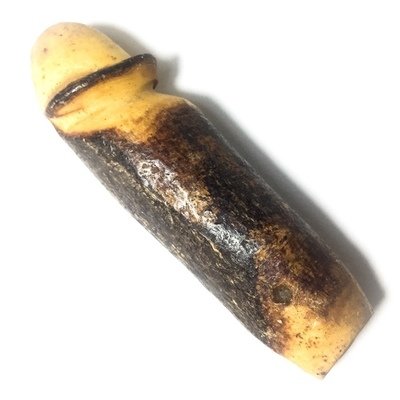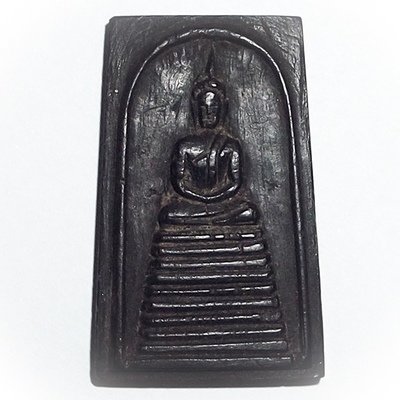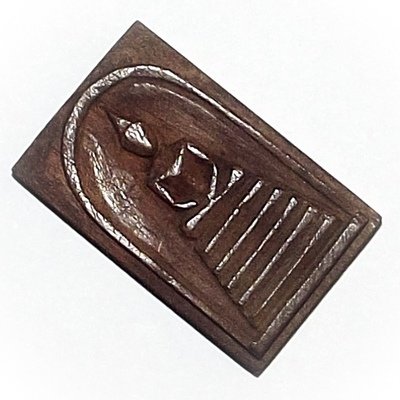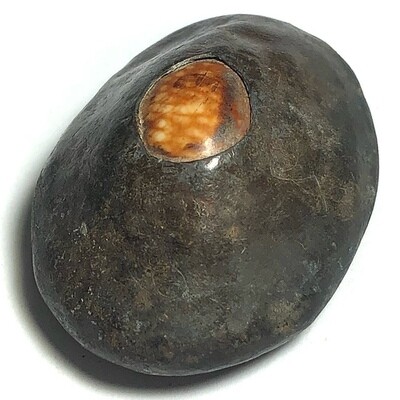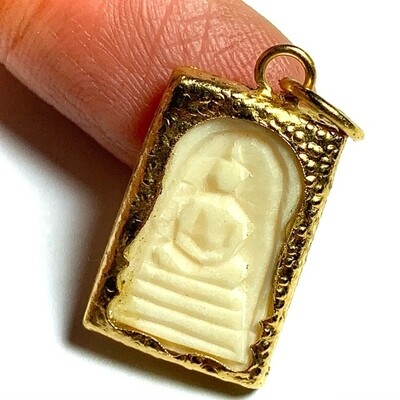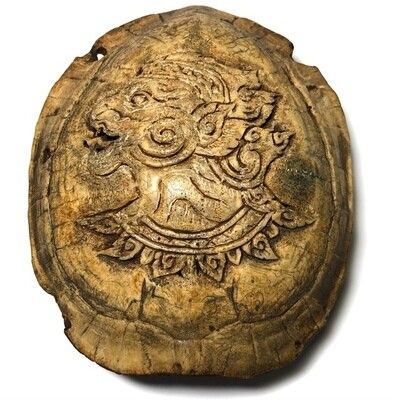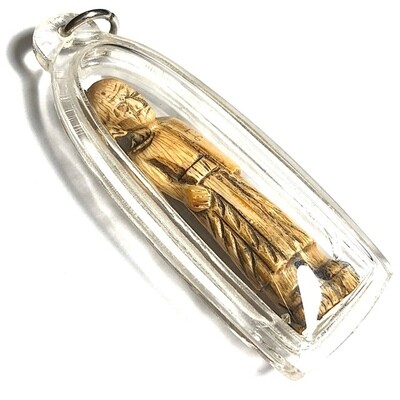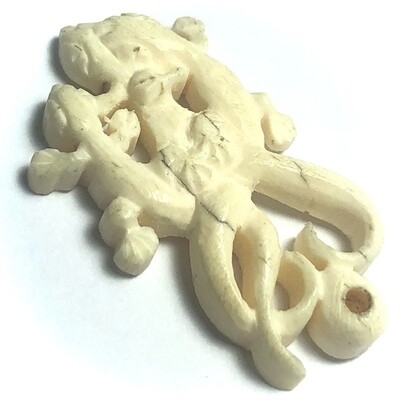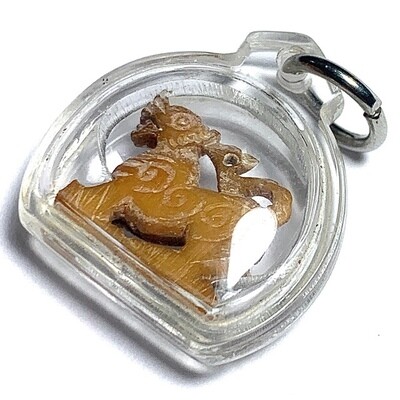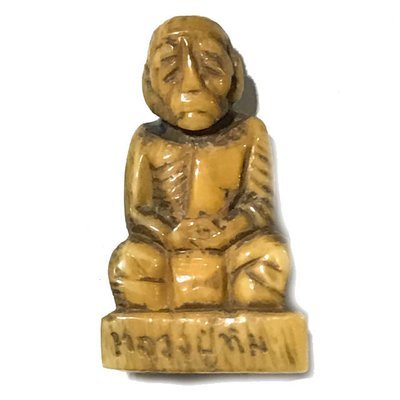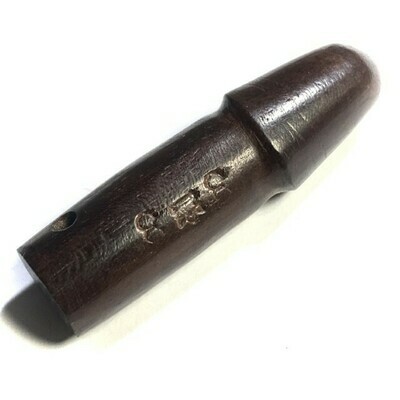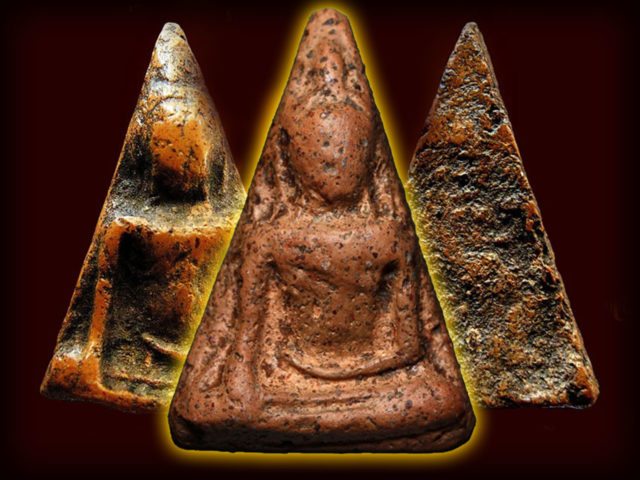
The Legend of Pra Nang Paya Amulet
Pra Nang Paya Benjapakee Amulet
Pra Nang Paya, or ‘Pra Pim Nang Paya, is an amulet from the Ayuttaya Period, which was artistically influenced in its design factors by the Artisans of the Sukhothai Periodic Style. As to the composition of the design of the Pra Nang Paya amulet, it can be said that it contains the work of the Sukhothai Artisan as its heritage, and is a Mark of Preservation of the Eight Periodic Buddhist Art styles found in Thai Sacred Arts and Amulets.
The Pra Nang Paya amulet was first discovered within the Chedi Stupa at Wat Nang Paya in Pitsanuloke, in the year 2444 BE, as King Julalongkorn Rama 5 was visiting Pitsanuloke, to be present for the casting of the Chinarat Replica Buddha at Wat Pra Sri Radtana Sasadaram. The King was invited to come and receive a large number of them as gifts (the best selected), and his Majesty then distributed them to the Government Officials and other Courtiers and Devotees. The remaining amulets, he took back to Bangkok. Apart from the ‘Serm Duang’ Horoscope Improving effects of this Purely Buddhist Amulet, the amulet is Famous for its Metta Mahaniyom, Klaew Klaad, Kong Grapan Chadtri, and Maha Lap powers.
The Pra Nang Paya Benjapakee amulet has 7 different Pim in total.
Pra Nang Paya Pim Khao Koeng.
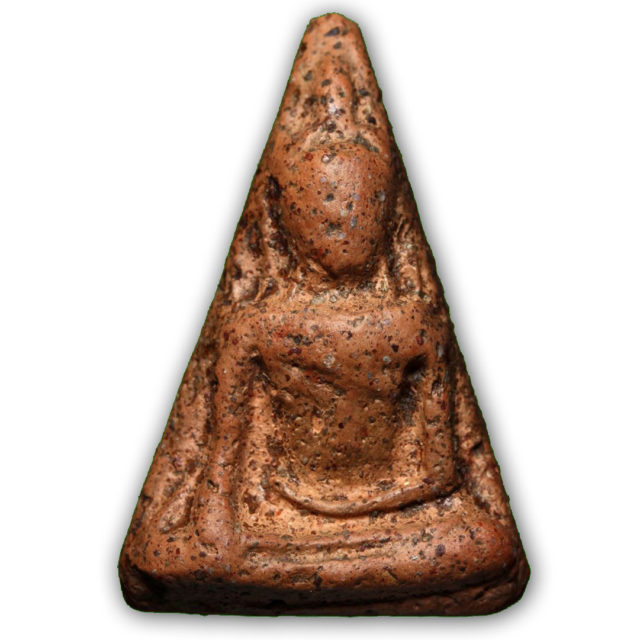
Pra Nang Paya Pitsanuloke Pim Khao Koeng Benjapakee Hiding Place Amulet
Pra Nang Paya Pim Khao Dtrong
(splits into two models; Khao Koeng Tammada, and Khao Koeng Mer Dtok Khaa).
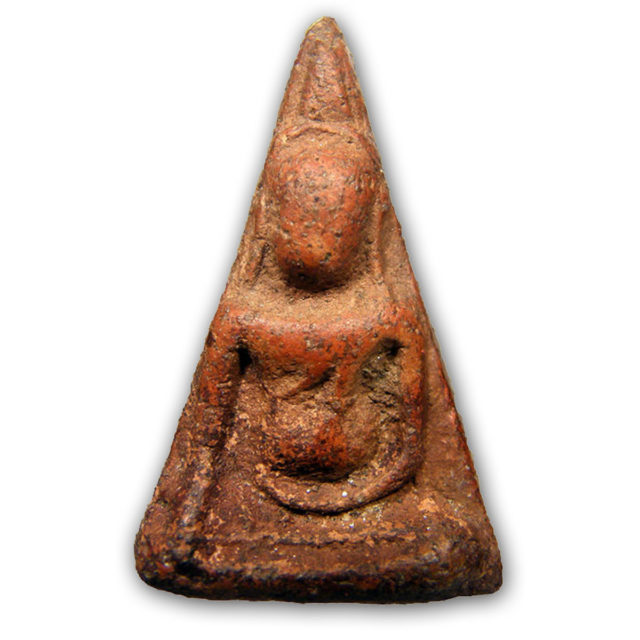
Pra Nang Paya Pitsanuloke Pim Khao Dtrong Benjapakee Amulet
Pra Nang Paya Pim Ok Noon Yai
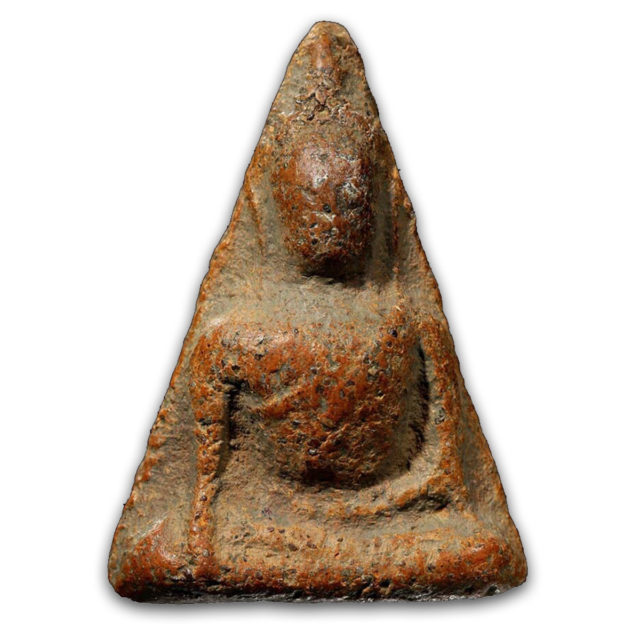
Pra Nang Paya Pim Ok Noon Yai Benjapakee Amulet – a Classic Pra Niyom Master Class Amulet
Pra Nang Paya Pim Ok Noon Lek.
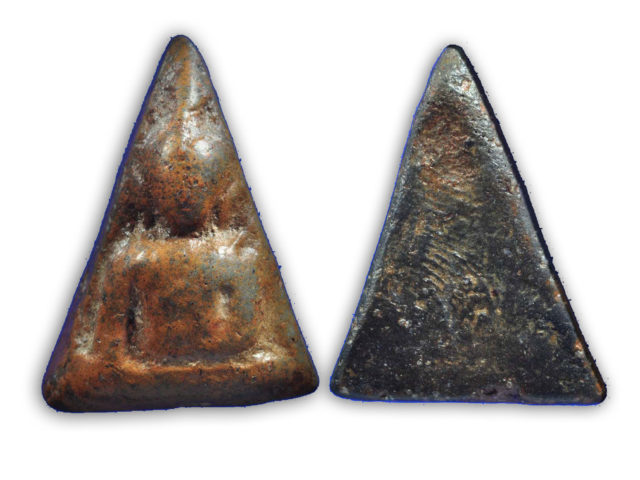
Pra Nang Paya Pitsanuloke Pim Ok Noon Lek Benjapakee Amulet of Historical Fame and Legend
Pra Nang Paya Pim Sangkati.
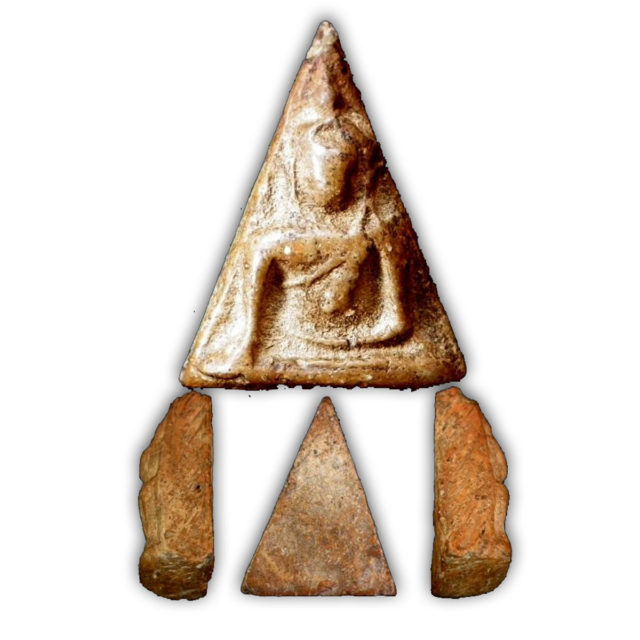
Pra Nang Paya Pitsanuloke Pim Sangkati Benjapakee Amulet – a very rare model to encounter from the seven Pim discovered in the Pitsanuloke Find
Pra Nang Paya Pim Ok Faeb also called ‘Pim Taewada’.
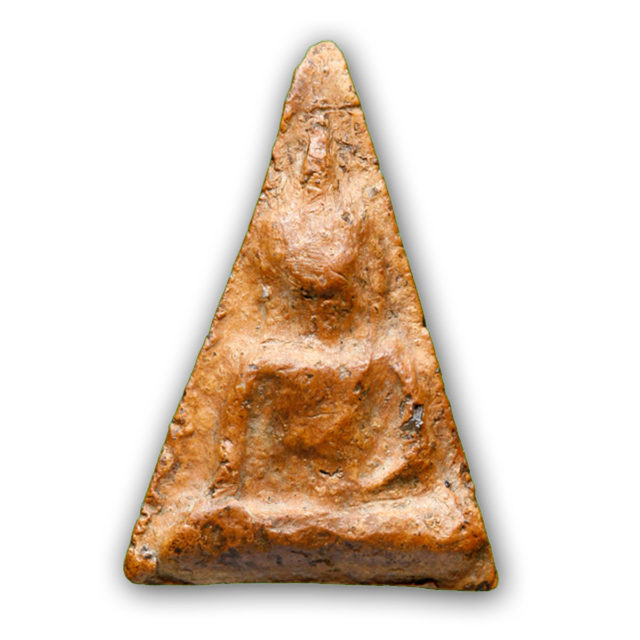
Pra Nang Paya Pim Tewada – a Classic Benjapakee Pra Niyom Master Class Amulet
Pra Nang Paya Pim Pised
(includes various amulets which do not fit in the above categories, such as the Khao Buang, or the Pim Yai Pised).
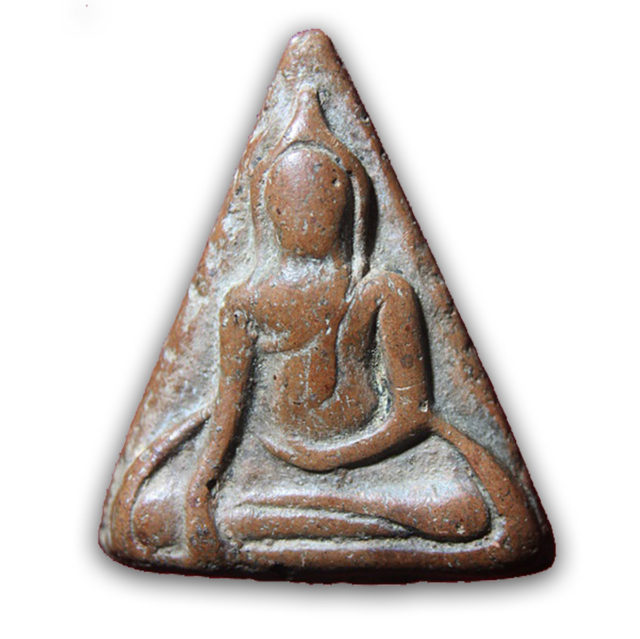
Pra Nang Paya Pim Pised Rare Special Model
Paya Rachasri Nuea Nga Gae Carved Ivory Himapant Lion Luang Phu Rian Wat Nong Bua
Sacred Ivory hand carved Paya Rachasri Lion Holding Victory Flag, with hand spell inscrption on the base, and autneticity certificate fro the 2561 BE Meeting of the Association of Amulets of Siam Thailand. A very rare hand carved Ivory amulet, from the great Luang Phu Rian, Olden Days Sorceror Monk of Wat Nong Bua, in Kanjanaburi. Luang Phu Rian was the continuance of the Lineage of the Great Luang Phu Yim. This particular exhibit is from the early-mid era of Luang Phu Rian's trajectory, sometime around 2480 BE.
The Rachasri Lion, is representative of Maha Amnaj Commanding Power and Intimidating Aura, Serm Yos Power for increased status and Promotion opportunities,. The amulet is highly imbued with Kong Grapan Chadtri, Klaew Klaad, Metta and Maha Lap Magic. The Rachasri Lion is a King Lion of the HImapant Forest, and has appeared in a multitude of Thai Buddhist and vedic Myths and Legends, including the Ramayana and the Thai Ramakien Epic. The great Metta of the Rachasri Lion, as well as his Bravery, is always revealed in the legends. The Singha and the Rachasri Himapant Lions, are an Animist Deity from Vedic Lore, that has been an integral part of Thai Buddhist People's belief since the advent of Buddhism.
Above; Authenticity Certificate from the 8th meeting of the Society of Amulets of Siam Thailand from 2561 BE
The Singha Talisman has been found documented in the ancient 'Dtamra Pichai Songkram, Grimoire of Warcraft, that Thai Warriors wore the talisman as a form of protection, wielding Kong Grapan Chadtri and Klaew Klaad Evasion Magic power, endowed with Maha Amnaj (Commanding Power & Dominion). Mostly, the amulets were received from Guru Masters within the Ordained Sangha, and Lersi Sorceror Hermits, who were endowed with powerful Jhanic Meditation abilities and Psychic Powers to empower amulets with protective Magic.
Kata Pluk Paya Rachasri (Singha Lion)
Putta Saetho Mahaa Naathang Wan Nago Singha Naa Tagang Putta Sirasaa Dtaechaena Maara Saenaa Bparaa Cheuyyang Chayya Pakawandtu Mae
The Singha amulet is found in various forms, which can be separated into two main categories; Those which are made from natural materials which are found to occur in Nature, such as those carved from ivory, bone, Lek Lai, tiger tooth, sacred wood, wild boar tusk, deer antler, bear tooth, amd fossilised stone, jade and other mineral substances. The Paya Rachasri Phone (also called Rachasri Bpon Hyuea) amulet endows the wearer with Protection and Commanding Power, Social and Professional Status, and Good Chances of Promotion through the Aura of Respectability and Personal Power.


Luang Phu Yim would appoint Luang Phu Rian, to Invoke the Kata Akom Incantations, and make the Inscription of Khom Agkhara Spells on the surface of his talismans and amulets in his stead. After Luang Phu Yim had bestowed all of his Wicha upon Luang Phu Rian, Luang Phu Rian then became immensely famous for his powerful Magic.
His amulets received immense popularity with the local devotees, throughout 58 Years of Ordination, until his final passing. He is very famous for his carved wooden Pra Somdej Mai Sao Bote amulets, which were made from the pillars of the old Uposatha shrine room of Wat Nong Bua. It is said that Luang Phu Rian began to perform the carving of his rare and famous Pra Somdej Mai Sao Bote wooden Shrine Room Pillar amulets himself at the beginning. and later as they became ever more popular devotees and local artisans would help.
He would make many different amulets, some which emulated and continued the Wicha of Luang Phu Yen, and some which were of his own design, or taken from other Wicha. His Pra Pid Ta follow only second to those of his Mentor Luang Phu Yim, and are among the most highly regarded Pra Pid Ta amulets of their Region. Both Luang Phu Rian and Luang Phu Yim are considered to be two of the top Masters of Kanjanaburi Province of all History
The making of the famous Pra Somdej Mai Bote carved wooden amulets of Luang Phu Rian;
In the year 2494 BE, Luang Phu Rian saw that the Uposadha Shrine Room was becoming delapidated, and in need of constructing a new Uposadha. Luang Phu saw that the wooden pillars, which were already over a century old at the time, had received the powerful vibrational energies of the chanting of Luang Phu Yim and the Sangha Monks who had performed ceremonies throughout the century of its existence, and were full of Buddhakun Power from the Incantations of Luang Phu Yim and the prayers of the Monks.
The devotees would constantly bring pieces of the Uposatha pillar wood to Luang Phu to bless and make into amulets. Some amulets were carved by Luang Phu himself, and others were taken to artisans for carving, by the devotees who had been given pieces of the Uposatha pillar wood for Bucha, and some were carved by the villagers themselves, those who were too poor to pay an artisan. For this reason, there are many different levels of mastery

Above Picture; Just some of the many amulets of the pantheon of Luang Phu Rian (Wat Nong Bua), all of which are Rarities in this day and age, and are highly sought after amulets within the cult collector scene of the amulet appreciation society. The pantheon of amulets of Luang Phu Rian are just as famous and sought after as those of his predecessor and Kroo Ba Ajarn, the olden days Master Luang Phu Yim (Wat Nong Bua). Luang Phu Rian passed away in the year 2503 BE
Below is a picture of LP Rian's Kroo Ba Ajarn, and previous abbot of Wat Nong Bua; Luang Phu Yim, and a number of the great pantheon of his amulets, for you to also study and appreciate, and gather knowledge about the Pantheon of amulets of these two great Consecutive Guru Master Monks of Wat Nong Bua, in Kanjanaburi.

